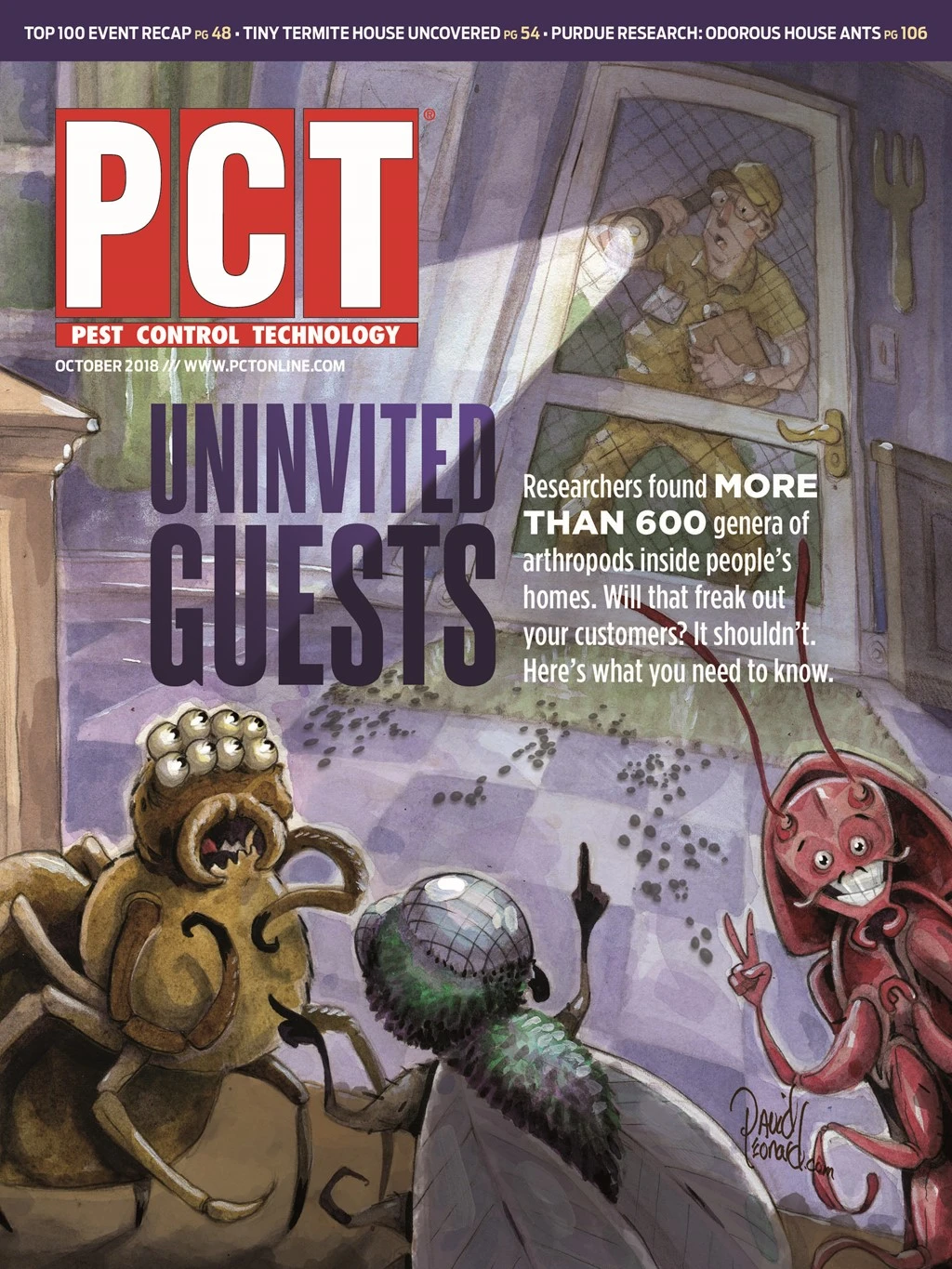
1. What are the primary formulation types of ant baits on the market today?
There are many different formulation types. Each has advantages and disadvantages, but the most important thing to get right is pest identification. Misidentification or no identification almost always yields unsatisfactory results. Once the pest is correctly identified, a PMP can determine what type of food source is most attractive. If a PMP keeps using the same bait all year the ants will likely shift their food preferences according to their needs and the PMP will notice bait that worked in the spring will not work in summer or fall.
2. Is there a one-size-fits-all solution for ant baiting?
The short answer is no. Though, some baits on the market come pretty close. In the case of a callback or a problem with successful management of a particular pest, the PMP should switch to bait more suitable for that species and time of year. For the most part, the best bait choices are the formulations that attract and kill multiple ant species.
3. What are some of the key characteristics to look for in an ant bait?
The single most important aspect of an ant bait is efficacy. However, efficacy is dependent on many things. Palatability is key. If worker ants don’t forage on and share it with the colony then it cannot work. The active ingredient is also incredibly important. The insecticide in the bait, regardless of formulation type, must be slow enough in killing that it can be moved into the colony yet quick enough so that the PMP and customer see results in a reasonable amount of time. Some active ingredients are much quicker acting due to their mode of action and/or the rate of active ingredient in the bait. Such baits often kill worker ants before they get back to the colony to share it. The best thing to look for is bait that contains an effective active ingredient formulated in a rate that hits the speed-of-kill sweet spot.
4. Is there one active ingredient that tends to be more effective than others?
In general, the most useful baits on the market contain actives that actually kill workers, brood and reproductives. Insect growth regulators, for instance, affect reproduction but are not toxic to workers so often take many weeks to show efficacy. These products work better if applied in early spring but are often attractive to a limited number of species. Many of the stomach poisons can be effective, but are rate dependent. Too much active kills workers before they get to the colony and too little doesn’t kill enough brood to be effective.
5. What are the environmental factors to take into account when ant baiting?
Rain is a primary factor when using ant baits. No ant bait — regardless of formulation — should be placed unprotected where rain can easily ruin or wash off the substance. Some granular baits claim to withstand multiple inches of rain without degradation, but active ingredients are very water soluble and will wash off almost immediately. Heat is also an important factor, but that affects primarily storage conditions rather than applications. Many ant baits — particularly true liquids and some gels — can suffer rapid degradation when stored in the vehicle during summer months. Time of year is also an important consideration. In spring and early summer, proteins are usually most effective because the queens (s) need the nutrition provided by proteins to create eggs. While, in the middle of the summer and fall, many ants prefer carbohydrates, especially in a true liquid, thick liquid or gel.

Explore the October 2018 Issue
Check out more from this issue and find your next story to read.